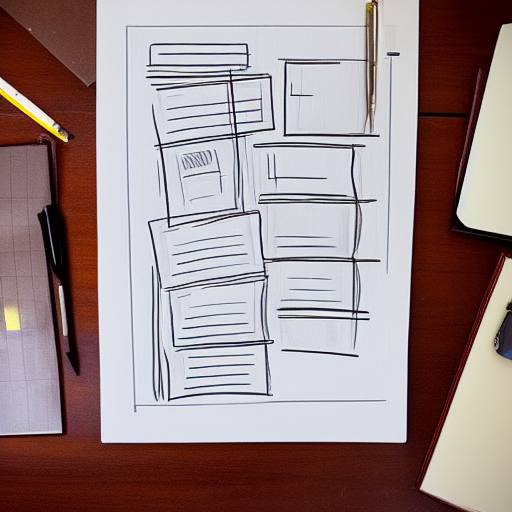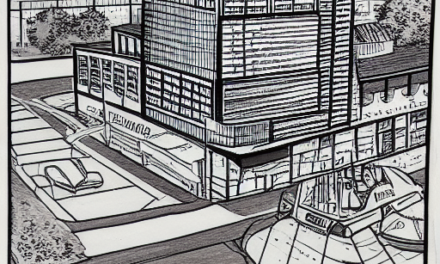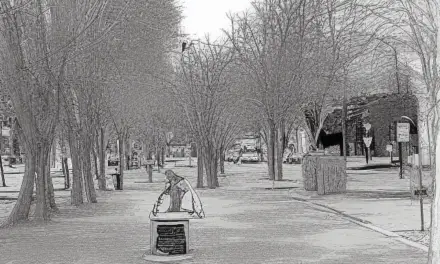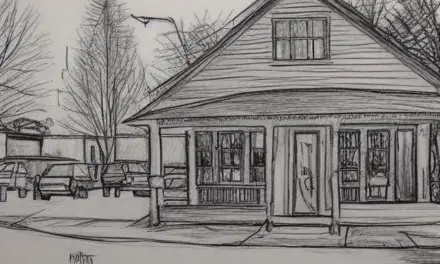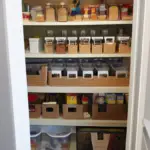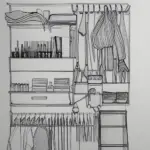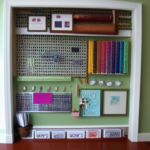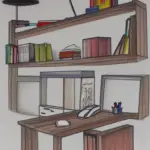The best way to organize paperwork at home involves keeping everything in its proper place. It is essential to separate different types of papers in separate files. One way to do this is by color coding them, vertically arranging them, and making them easily accessible. In addition, you should try to avoid making general miscellaneous files as they can turn into monsters of papers.
Color coding
One of the best ways to stay organized is to use color-coded filing cabinets or organizers. Color-coding can make keeping track of important tasks at work or at home easier. You can also use color-coded notepads or calendars to keep track of important events.
Whether you are organizing a physical filing cabinet or a digital one, color coding will help you keep your papers organized. The best way to use color-coding is to make sure the colors on all of your files and items correspond. For example, the color of your calendar should match the color of the folders you use to store them. You can also color-code staples to indicate the subject or folder of the file. This same coding system works for e-mail, bullet journals, and physical planners.
Color-coding can be a fun way to stay organized. Color-coding your documents helps you identify which files are important and which ones are not. It can also help you declutter your screens and make it easier to find important information. Color-coding helps you sort your files into categories easily, so you can enjoy the process.
If you work from home, color-coding your files will make your life easier. By assigning each folder a certain color, you will be able to easily identify the type of paperwork that you have. This way, you will save time and avoid frustration. It will also help you find things faster and save you a lot of time.
Color-coding can also be used around the house. For example, if you have a bookshelf, color-coding your books will make it look neater. You can also use different colored hanging folders to mark which project it is in. This will make finding your books easier and boost your efficiency.
Vertical space
Creating vertical space is ideal for storing paperwork, as it improves visibility and findability. You can also use this space to keep a calendar or bulletin board. Make sure to use vertical space for the most important information you need to access. You can also label areas in your home so that everyone can easily find what they need.
Easy access
Managing a home comes with a mountain of paper, which can be overwhelming and frustrating to locate. It is possible to organize your paperwork in many different ways, including chronologically or alphabetically, but most people find it most effective to file it by subject. For example, personal documents should be stored in one file while banking records should go in another. Then, home buying documents should go into a third file. You can also color code your files to keep related documents together.
Another effective way to organize important documents is to organize them into categories. First, go through your paper documents. If they contain any personal information, consider shredding them. This includes information like your name, address, Social Security number, or credit card number. Other, less personal documents can be discarded or recycled. Once you have sorted your papers into categories, make sure to label them and keep important ones out of sight. If you do not have enough space in your home to organize your papers, you can install built-in shelves and pockets on the interior of a shallow cabinet. These will help conceal your storage space and make it easier to find the paperwork you need.
Logical organization
To successfully organize your home’s papers, you need to allocate adequate space. This means you need to have room for sorting and stacking. The best place for this task is a space you won’t use for other activities. You may need to clear a table in the living room or dining room. Organizing papers on a large scale can take quite a while. If you want to get started quickly, you can set up a card table in the dining room. Remember to keep some documents for indefinite use only. Others can be tossed because they are no longer relevant or are not used on a regular basis.
Simple filing system
One of the best tips for organizing paperwork at home is to create a simple filing system. You can use a filing cabinet, a drawer, or both to store everything. The most important thing is to keep your paperwork in one location. There are two ways to go about organizing your files: alphabetically and by location. You can also use top-based filing systems, which organize files by their content.
First, decide how much filing space you need. A simple filing system will keep your workspace free from clutter. Depending on your lifestyle, this might mean only filing a few items a day, or even only a few. If you can make time in your schedule, it might even be possible to do this once a week or twice a month.
Next, choose which filing categories you need to file documents in. Organizing paperwork by category will make it easier to find the right documents in the future. Identify each category and note its subcategories, too. If you want, you can even use color-coding or writing on the tabs of your file folders to make it easier to find a particular document. Keep in mind that each home will have different categories, so choose one that will work best for you.
When using a simple filing system for organizing paperwork at home, keep in mind that you must be willing to put in the work. If you have a large pile of documents, it will be frustrating to sort through them. Besides being frustrating, lost bills or school calendars can cost you valuable time and money.

